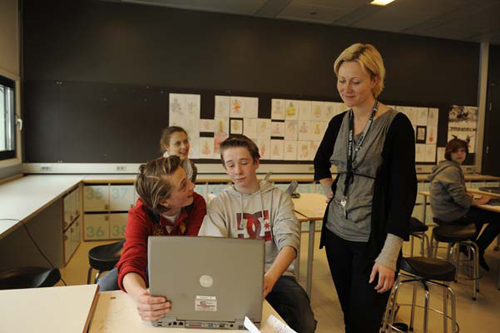
In July of 2011, DR. Kirsten Sivesind, distinguished professor in the University of Oslo Faculty of Education, shared her education perspectives with us in Die globale Suche nach Bildung: A View from Norway. Heute, with the help of Kirsten Sivesind, and Principal Bjorn Bolstad, the faculty and students of the Ringstabekk Skole in Barum, a suburb of Oslo (http://www.ringstabekk.net), we are able to share with you some additional education insights into how a model Norwegian public school is addressing skills needed in the 21st century.
Principal Bolstad, what are the backgrounds of the pupils in your public school? Was ist die Vielfalt (rassischen und sozioökonomischen) within the student body?
Our school draws pupils from our local community. They are teenagers living near the school. Our community is not very diversified as it is in a suburb that has a high socio-economic level with few inhabitants of other nationalities. A lot of the parents have advanced education and a lot of them have leading jobs.
How long is the school day and what meal service do you provide?
All pupils have 22.5 lessons per week, each lasting for 60 Protokoll. The school day schedule varies. The 8th grade starts at 8:30, 9th grade at 8:50, and 10th grade at 9:10. On two days of every week, the pupils end school between 1:00pm and 1:40pm, while on one or two other days, they don’t finish until 3:30pm.
The school does not provide free meals. Most schools in Norway don’t. We have a small cantina where students can buy baguettes, yoghurt, etc. Our students have one major break each day; two breaks if they work late. As with all lower secondary schools in Norway, we provide free fruit for the pupils every day.
What percentage of the children read and do math at their grade level or higher?
The Norwegian school system does not have defined grade level indicators. Our results on the national test of reading are at the highest level. Only about 4% of our students are under the “critical limit” in reading based on different reading tests. As for math, we have no nationally set levels, but when our students leave our school to attend upper secondary school, nur etwa 4% of them have difficulty in finishing upper secondary. In the Norwegian school system, a student is moved up to the next level whether she has the skills that are needed or not.
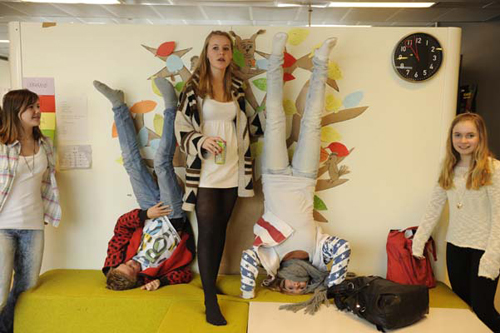
Wie viel Hausaufgaben kommen die Kinder jede Nacht?
This varies. A lot of our homework consists of finishing of projects and cooperating with other students. At our school, we work cross-curricular, and typical homework can be, in addition to solving math and English tasks, to read an article and write down questions that will be discussed in class next day, or to plan a performance together with the rest of your working group.
Do these children take any standardized tests during the school year?
Ja, they take the national tests in reading, math and English at 8th and 9th level. We also make the student take a test when they enter our school, to find out what they are good at and where they struggle. We don’t see that our school or our students benefit much from standardized tests developed on a national level to the extent that these tests are used to compare schools and communities. We try to find standardized tests that can give each student a formative assessment. Hinweis: On the latest PISA test, Norway ranked #12 in reading, 5 places ahead of the U. S.; #21 in Mathe, 10 places ahead of the U.S.; und #25 in science, 2 places behind the U. S.
How does the teacher assess the students’ work each term?
Formal assessment is of course the most important. The students get assessments on the tasks they do during the term: oral performances, Diskussionen, written work, etc. The assessment is based on criteria that are presented to the students before they start the work. Sometimes the students participate in developing the criteria for a specific task. The assessment is usually written down. The Norwegian school law says that every student is to get a mark in each subject after every term. For some students, these marks have a motivating effect, but for a lot of our students, the mark takes their focus away from the content of the subject and from the learning itself. Instead they get very concerned about the actual mark they get. In addition to this assessment, we ask the students to evaluate themselves at the end of each term. They do this before they get their marks, and the teachers comment on their self- evaluations. This is one of the ways we try to train our students to monitor their own learning process and thus “learn to learn.”
Ist der Lehrplan zentralisiert oder Lehrer getrieben?
In Norway, there is a national curriculum. This outlines the competences that pupils should develop. Our teachers interpret this national curriculum. They work in cross-curricular teaching teams and together they develop cross-curricular themes. A lot of the subjects are taught within these cross-curricular themes. Auf diese Weise, the curriculum is to a great extent teacher driven. We think this is necessary. Otherwise we fear that the teachers will see themselves as just “factory-workers”, executing someone else’s ideas. A teacher is both a worker and somewhat of an artist, and we need to balance these two perspectives.
Wie viel Musik und Kunst (alle Kunstformen) gibt es in den Lehrplan?
At our school we put great emphasis on music and art. In our pedagogical documents, we mention this explicitly. Throughout the year, every student participates in one or more stage productions and presents his or her work of art in a vernissage (an exhibition). We divide our school year into 6 periods. Each period has an overall theme, and in each period the students work with one of our three subjects: Musik, arts and domestic work. The teachers try to finish each period with a performance, a common meal, a vernissage, and they often invite the parents to these events. Our biggest stage production takes place once a year and involves all students at the school (mehr als 400). Our main objective is to let the pupils work with students and teachers from other classes and thus develop a good social environment at the school.
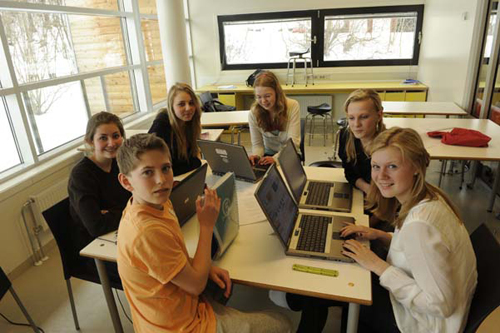
What qualifications do the teachers have and what is their salary range?
Either they have attended teacher college or they have studied at the university. Teacher college is a 4 year study program specified for teaching, while teachers that have studied at the university must finish a pedagogical study of 1 year to be accepted as a teacher.
A teacher with 4 years study at university or college starts off with a salary of $57,000 pro Jahr. A teacher with studies at Master level, 16 years of work, plus our local bonuses for subjects like math, science and Norwegian, earns $88,000.
Was die Beteiligung der Eltern ist in der Schule gibt?
Every Norwegian school must have a cooperation committee where students, Eltern, teachers and headmaster meet to discuss economic and other matters. The parents are also involved in the parental cooperation forum. One parent is elected from each group of students (15 students per group). This forum meets once a month and discusses different educational matters. Usually they invite the headmaster to join these meetings. In addition to these formal bodies, most parents are deeply engaged in their own children’s teaching and development. Twice a year they have a formal talk with their child’s contact teacher, together with the student, and twice a year we gather all parents for a parental meeting where the school gives information about practical and pedagogical matters. As mentioned earlier, parents are invited to shows, vernissages, usw., and sometimes teachers also invite parents to talk to classes about their jobs and education.

Photos courtesy of Ringstabekk Sklole.
In der globalen Suche nach Bildung, mit mir und weltweit renommierten Vordenkern wie Sir Michael Barber (Vereinigtes Königreich), DR. Michael Block (US), DR. Leon Botstein (US), DR. Linda Hammond-Liebling (US), DR. Madhav Chavan (Indien), Professor Michael Fullan (Kanada), Professor Howard Gardner (US), Professor Yvonne Hellman (Niederlande), Professor Kristin Helstad (Norwegen), Jean Hendrickson (US), Professor Rose Hipkins (Neuseeland), Professor Cornelia Hoogland (Kanada), Frau. Chantal Kaufmann (Belgien), Professor Dominique Lafontaine (Belgien), Professor Hugh Lauder (Vereinigtes Königreich), Professor Ben Levin (Kanada), Professor Barry McGaw (Australien), Professor R. Natarajan (Indien), DR. Denise Papst (US), Sridhar Rajagopalan (Indien), DR. Diane Ravitch (US), Sir Ken Robinson (Vereinigtes Königreich), Professor Pasi Sahlberg (Finnland), Andreas Schleicher (PISA, OECD), DR. Anthony Seldon (Vereinigtes Königreich), DR. David Shaffer (US), DR. Kirsten Sivesind (Norwegen), Kanzler Stephen Spahn (US), Yves Theze (Lycee Francais US), Professor Charles Ungerleider (Kanada), Professor Tony Wagner (US), Professor Dylan Wiliam (Vereinigtes Königreich), DR. Mark Wormald (Vereinigtes Königreich), Professor Theo Wubbels (Niederlande), Professor Michael Young (Vereinigtes Königreich), und Professor Zhang Minxuan (China) wie sie das große Bild Bildung Fragen, die alle Nationen heute konfrontiert erkunden. Die Global Search for Education Community-Seite
C. M. Rubin ist der Autor von zwei weit Lese Online-Serie für den sie eine 2011 Upton Sinclair Auszeichnung, "Die Global Search for Education" und "Wie werden wir gelesen?"Sie ist auch der Autor von drei Bestseller Bücher, Inklusive The Real Alice im Wunderland.
Folgen Sie C. M. Rubin auf Twitter: www.twitter.com/@cmrubinworld


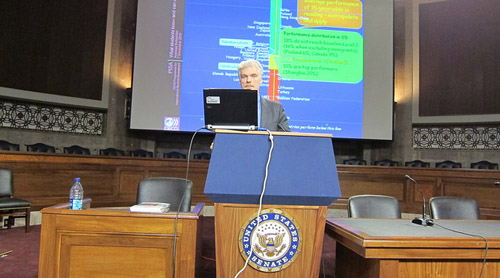
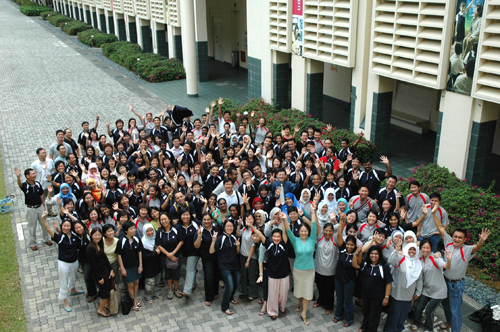
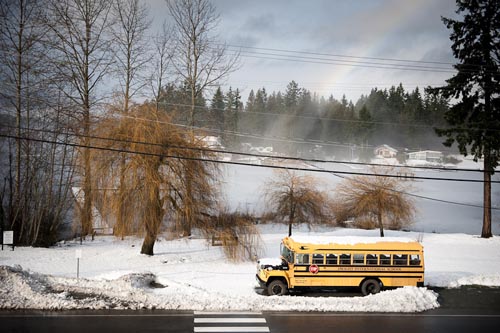
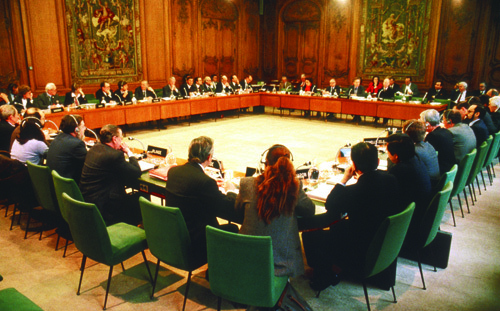
Jüngste Kommentare